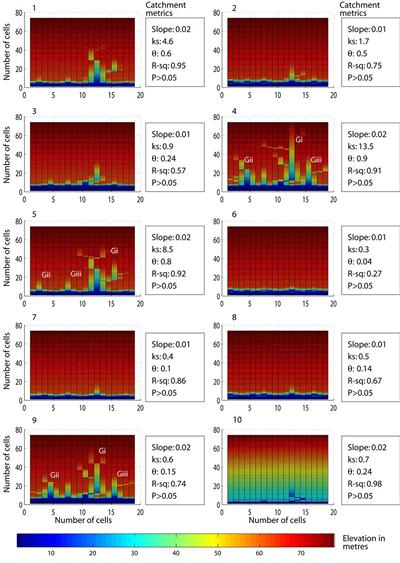Research project: Re-constructing Past Environmental Conditions Using Landscape Evolution Models
Application of landscape evolution models (LEMs) for palaeo-environmental reconstruction involves hindcast modeling, in which simulation scenarios are configured with specific model variables and parameters chosen to reflect a specific hypothesis of environmental change.
